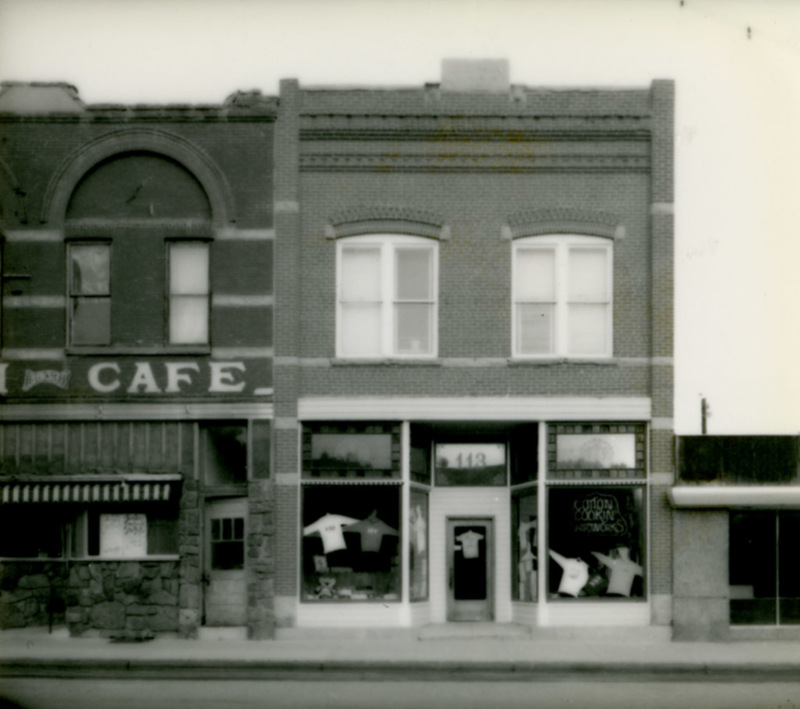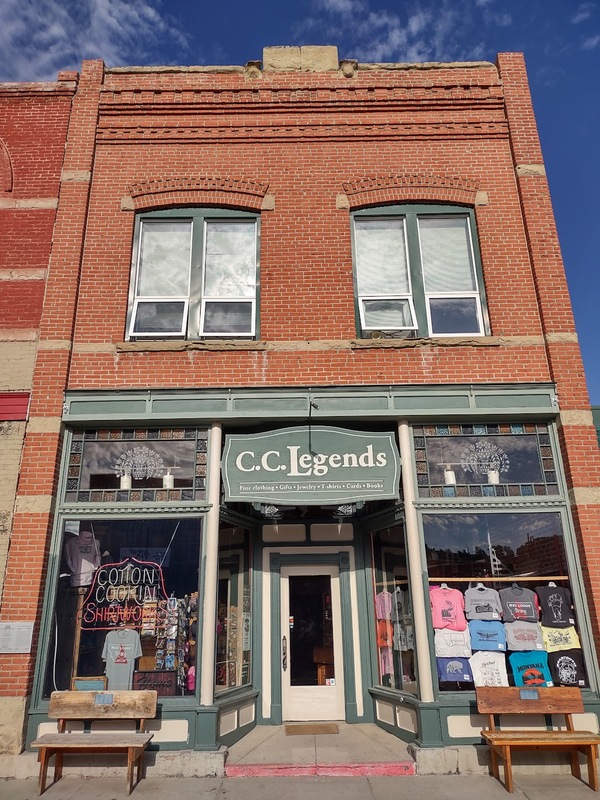
This fine example of masonry architecture, with its unusually preserved storefront and recessed entry, appears almost as it did in 1900 when Walter Hall opened his first-floor grocery. Sandstone banding, corbelled arches, and original stained glass lend elegance to the simple façade. The second floor, connected to the building next door, functioned as a lodge hall used by various organizations, including the Red Lodge Labor Union and the I.O.O.F. In 1909, the ground floor housed the fashionable New York Store, and from 1910 to 1918 saloons occupied the commercial space. During Prohibition the ground floor served a more sedate clientele as a soft drink and ice cream parlor.
Images

